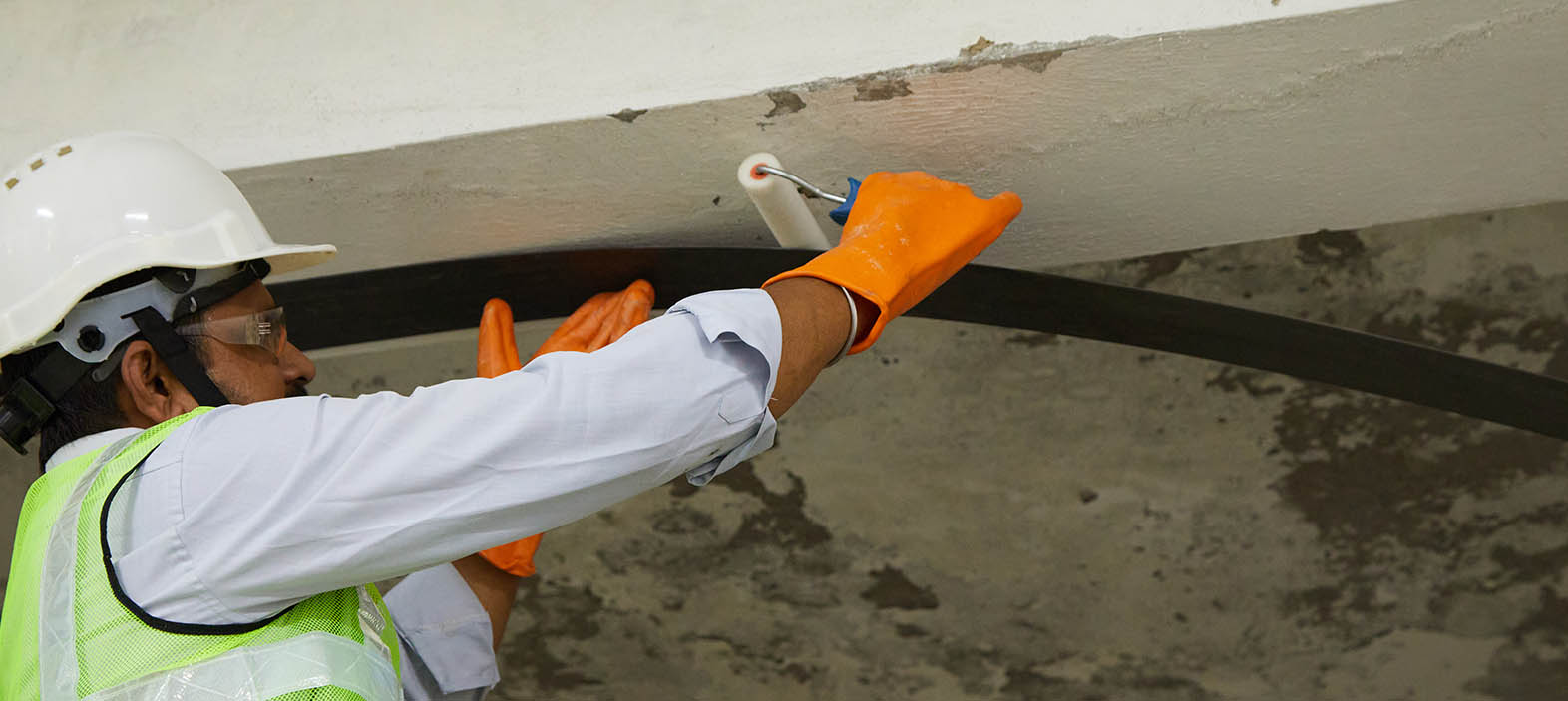
Carbon Fiber: The Future of Building Materials
👁 Reads: 448
As the demand for stronger, lighter, and more durable materials increases across various industries, carbon fiber fabric is making waves as one of the most promising materials for future building projects. Known for its impressive strength-to-weight ratio and high resistance to environmental factors, carbon fiber is swiftly gaining traction as an essential material in fields like construction, automotive, and aerospace. In this blog, we’ll dive into what makes carbon fiber such a revolutionary building material, its applications, and how it could redefine the future of infrastructure.
What is Carbon Fiber Fabric?
Carbon fiber fabric is created by weaving carbon fibers into a cloth-like material that can be used in various manufacturing applications. Each fiber in the fabric is made of thousands of thin, strong strands of carbon atoms bonded together in a crystalline structure. This structure gives carbon fiber its extraordinary strength and lightweight properties, making it ideal for high-performance products and projects.
Unlike traditional materials like steel or aluminum, carbon fiber fabric is known for its superior strength-to-weight ratio. This means it can handle significant stress and weight without the heavy mass of traditional materials. This is especially valuable for applications where weight reduction is crucial, such as in carbon fiber products like car parts, sports equipment, and aerospace components.
Key Properties That Make Carbon Fiber Fabric Stand Out
Carbon fiber fabric offers a range of properties that make it perfect for modern construction and manufacturing:
- Strength and Durability: Carbon fiber is five times stronger than steel and twice as stiff, yet it is much lighter.
- Lightweight: With a density nearly 60% lower than steel, carbon fiber fabric allows for the creation of lighter structures without compromising on strength.
- Corrosion Resistance: Unlike metals, carbon fiber is resistant to corrosion, which means it lasts longer and reduces maintenance costs in harsh environments.
- Flexibility in Design: Due to its fabric form, carbon fiber cloth can be molded into various shapes and designs, allowing for creative architectural applications.
Applications of Carbon Fiber Fabric in Building and Construction
Carbon fiber’s unique properties have opened doors for its use in structural applications, transforming how architects and engineers approach building design:
- Bridges and Skyscrapers: The flexibility and strength of carbon fiber fabric enable architects to design lightweight, durable structures. Carbon fiber products have already been used in building skyscrapers and bridges, where load-bearing capacity and structural integrity are paramount.
- Retrofit and Reinforcement: Carbon fiber cloth is commonly used in retrofitting aging structures. It strengthens existing buildings without adding significant weight, making it ideal for earthquake-prone regions where additional strength is necessary without added mass.
- Green Buildings: Sustainable construction is the future, and carbon fiber contributes to this by reducing the amount of raw material required. Lighter structures mean lower emissions during transportation and assembly, aligning with eco-friendly building goals.
- Infrastructure Projects: From highways to dams, carbon fiber products are used in reinforcing concrete and protecting infrastructure against environmental wear and tear, ultimately extending the lifespan of essential public structures.
Carbon Fiber Products in Everyday Life
While carbon fiber fabric is most prominently used in heavy-duty projects, it’s also making its way into everyday applications:
- Automotive: Carbon fiber products are commonly used in luxury and sports cars to improve performance by reducing weight, resulting in better fuel efficiency and handling.
- Sporting Goods: From bicycles to tennis rackets, carbon fiber cloth has become a staple in high-performance sports equipment due to its lightweight and durable nature.
- Consumer Electronics: Many laptops, smartphones, and gadgets incorporate carbon fiber to create sleek, strong, and lightweight devices.
The Future Potential of Carbon Fiber in Building Materials
As urbanization continues and cities grow, the demand for innovative building materials will increase. Carbon fiber cloth is poised to play a pivotal role in shaping the future of sustainable and resilient urban infrastructure. As manufacturing processes become more efficient and cost-effective, carbon fiber products will likely become even more prevalent in construction and infrastructure projects.
In the near future, carbon fiber could replace traditional building materials altogether, becoming the go-to for architects and engineers looking to create iconic structures that withstand the test of time. With more research and development, the cost barriers to mass-producing carbon fiber may also decrease, making it accessible for a wider range of applications.
Carbon fiber fabric has the potential to revolutionize the way we approach construction and manufacturing. From skyscrapers to sporting equipment, the versatility, strength, and lightness of carbon fiber products make them ideal for a variety of applications. As industries continue to explore and innovate with carbon fiber cloth, we are only scratching the surface of its potential. With the rise of sustainable building practices and an increasing focus on resilient infrastructure, carbon fiber is undoubtedly a material to watch for in the years to come.





